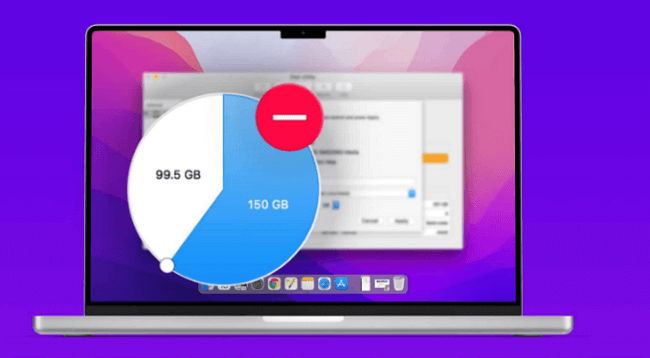Last Updated Date: 14, Dec 2023
A user Falcon95 asked a question on Google Chrome Help “Is there a way to recover deleted Chrome browsing history and data?”. Maybe many Google Chrome users may have encountered this problem and would like to retrieve the list of websites they’ve visited. Luckily, this article has gathered multiple effective methods (with step-by-step guidance&video tutorial) to help you recover lost histories. Be patient and have a look!
Is it Possible to Restore Deleted Google Chrome History?
Absolutely yes. When browsing with Chrome, the history is saved on your computer/phone. So, whether it’s a phone or a computer, we have a chance to recover browsing history on Google Computer.
How to recover Chrome History on Windows Computer?
Simple and useful ways to recover deleted history on Chrome Windows 10:
| Effective Solutions | Step-by-step Guides |
| Use the Activity option on Chrome | Open your Google Chrome browser > Go to your account settings..Full steps |
| Use the Previous Option | Go to the location: C:\Users\username\AppData\Local…Full steps |
| Using Powerful Recovery Software | Launch ONERECOVERY and locate the browser history… Full steps |
| Using log files | Press Win key+E to open the file explorer…Full steps |
| Using DNS Cache | Type CMD in the search bar in the start menu… Full steps |
| Accepted Cookies | Open Google Chrome > go to the Settings… Full steps |
Method 1: Use the Activity option on Chrome
Step 1: Open your Google Chrome browser > Go to your account settings in your Google account.
Step 2: > Open Data & Privacy on the sidebar.
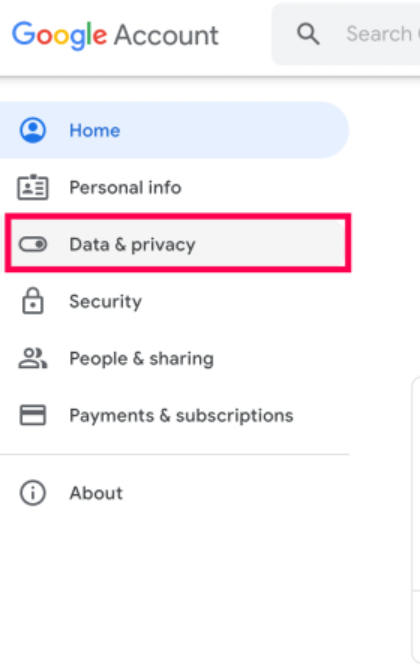
Step 3: In the “Things you’ve done and places you’ve been” tab, click Web & App Activity.
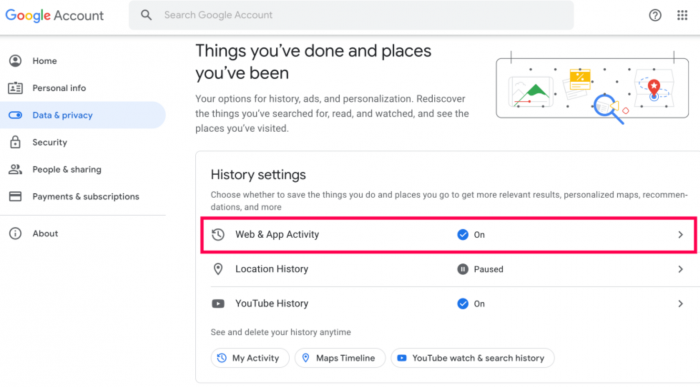
Step 4: Click Manage all Web&App Activity
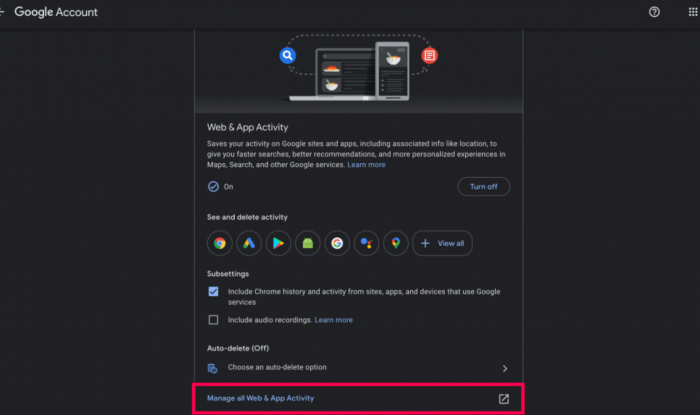
Then, the outcome results that contain what you’re looking for are shown and are similar to your browsing history. You may view the search keywords you’ve previously entered as well.
But if you do not enable the setting before on your Activity Control page, that is, “include Chrome history and activity from sites, apps, and devices that use Google services.” You cannot use this method and try the next method, please.
Method 2: Use the Previous Version on a Windows computer
If you have enabled automatic backup for your computer’s hard disk or have manually backed up the hard disk where your browser history is located, you can use the File History option to restore Google Chrome browser history. Please follow the steps below.
Step 1. Go to the location: C:\Users\username\AppData\Local and find the Google folder.
Step 2. Right-click it > click Properties.
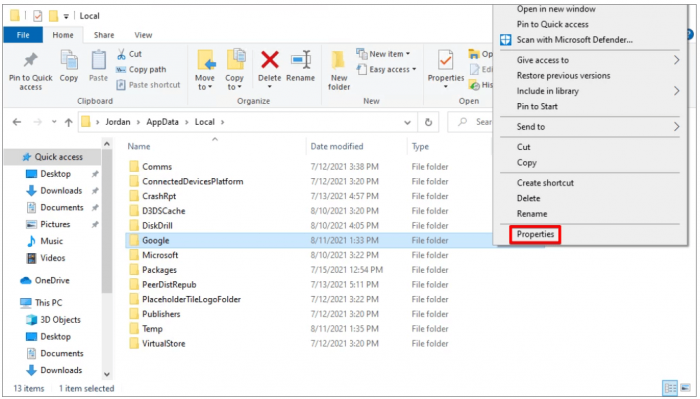
Step 3. Click Previous Versions.

Step 4: Choose a version to restore.

After this is done, go open the Google Chrome and check the deleted history.
You can get a comprehensive video tutorial by clicking the video like below.
Method 3: Using Powerful Recovery Software
If you need to recover with less technical knowledge and at the fastest speed within a minimal time, you should use a specialized data recovery program. ONERECOVERY for Windows is one of the most specialized tools for recovering deleted Internet history on Google Chrome. As its name suggests, this standalone data recovery application retrieves any lost, deleted, formatted, and so on data on Windows. With the help of ONERECOVERY, you can quickly recover deleted Google Chrome history.
Step 1: Down it and launch ONERECOVERY. (Please click here to download)
Step 2: Locate the browser history file folder: Type “chrome://version” in your Google search bar, and you can see the Profile Path, where the history is stored on your computer.
Generally, the browsing history is recorded under this address:
C:\Users \(username) \AppData \Local \Google \Chrome \User Data \Default \local storage
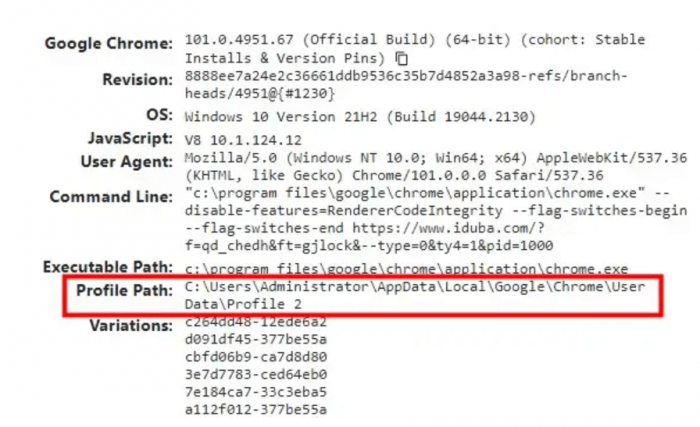
Step 3: Choose drive C to scan or which disk drive your history is stored.
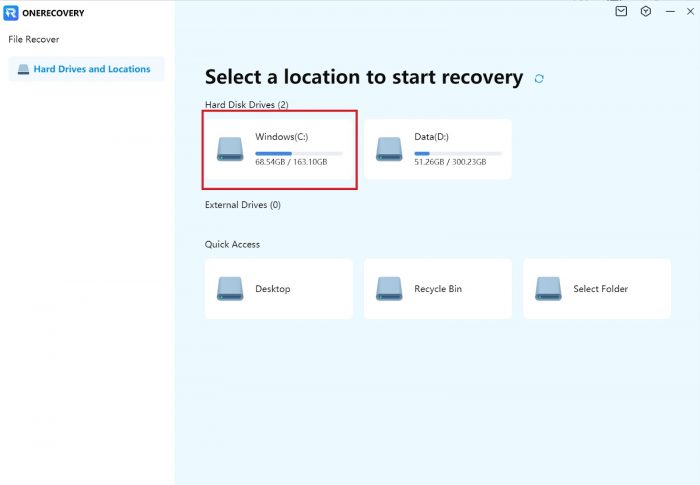
Step 4: You can preview the results, find what you want to recover, and press the Recover button.
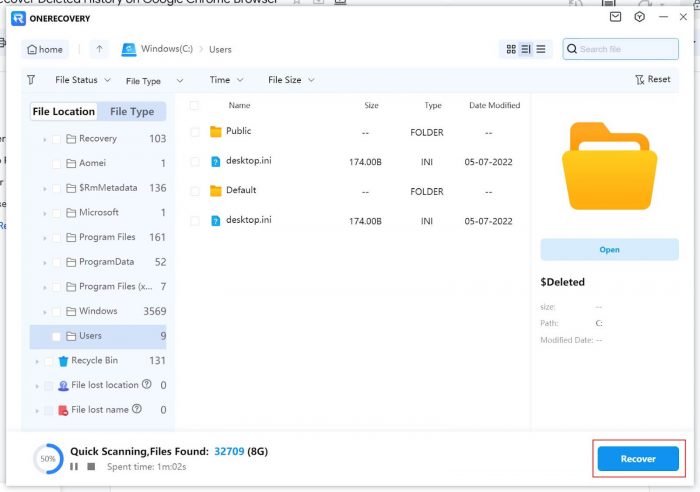
Step 5: Save the file to where you want to store it.
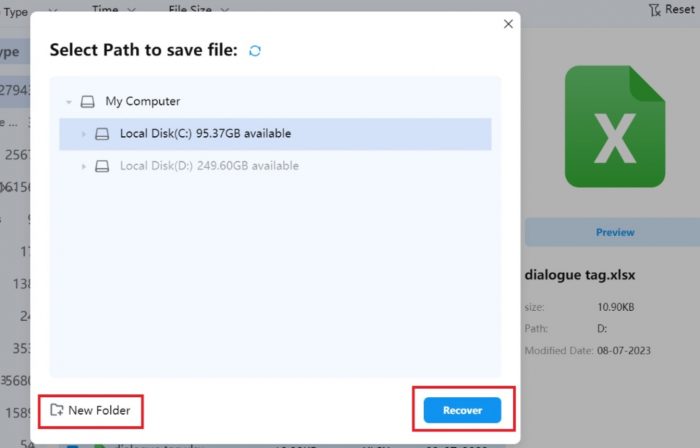
Method 4: Log files
Log files are among the many helpful files that Microsoft Windows creates for users. The operating systems and apps use log files. Typically, it includes a plain text log of certain events and timestamps. The operating system may generate log files to record system events, or a software installer may generate log files to record the names and locations of installed files. The URLs and information of recently visited Google web pages are stored in log files as well. These are the steps to follow.
Step 1: Press Win key+E to open the file explorer > click the View tab on the top bar (Click View tab will show more options.)
Step 2: Click Hidden Files (this will unhide the files and folders.)

Step 3: Then, look for the index.dat file.
Step 4: All the websites you recently visited were listed in the file, along with their URLs.
Method 5: DNS Cache
The DNS cache can be used to find and save data about the website addresses you have visited and to help you recover erased browsing histories. But before using the method, ensure your computer is connected to the Internet.
Step 1. Type CMD in the search bar in the start menu.
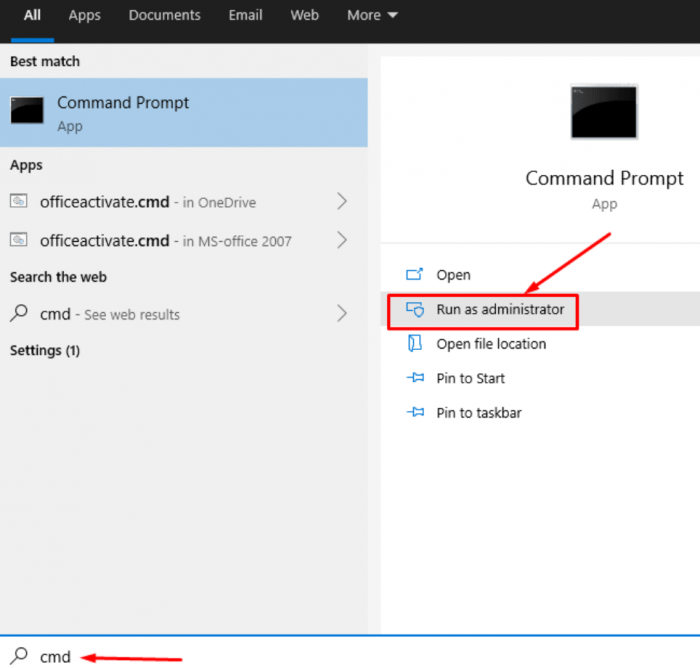
Step 2 Type ipconfig/displaydns > press Enter.
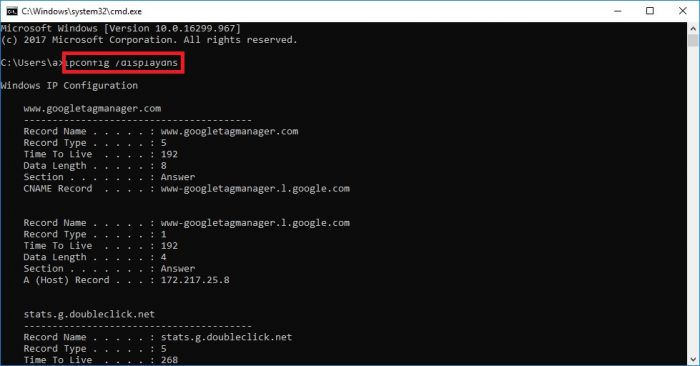
Step 3: After the command has finished, look for the name of the website you visited.
Because it would save all website data from all web browsers, it is not strongly recommended to use DNS to recover deleted Chrome history. In addition, the moment you restart or shut down your computer, the DNS cache is deleted. So, this method is better when trying to find your history record on Chrome after trying everything.
Method 6: Accepted Cookies
When you use the Internet, a text file called a cookie or an Internet cookie is used to identify your machine. When you connect, the server creates cookies with data in them. When a web server and your computer exchange cookies, the server scans the ID in the cookie and determines what specific information needs to be given to you. Google Chrome saves this data in its settings each time you consent to cookies from a website. Because it only displays websites you allow to accept cookies, retrieving your browser history through cookies might not be as thorough as other methods. However, it’s worth a shot.
Step 1: Open Google Chrome > go to the Settings.
Step 2: Click Privacy and Security > select Cookies and other site data.
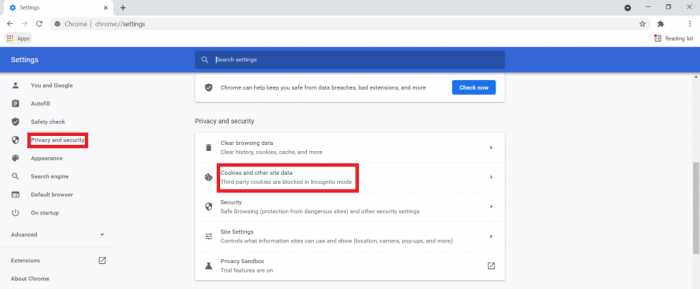
Step 3: Click See all cookies and site data (You can check all your cookies and select the webpage you have visited.)
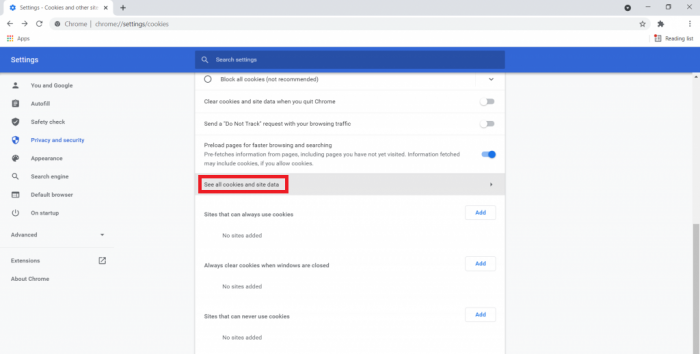
How to recover Chrome History from Phone?
Method 1: Use the Activity option on Chrome (Android/iPhone)
It’s exactly the same as this method used on computers. When your Google Web & App Activity is enabled, you can use this method. Check to see if Web & App Activity is enabled.
Step 1: Open the Google browser on your phone.
Step 2: Open Google Setting.

Step 3: Go to your account settings.
Step 4: Tap on the Data & Personalization tab.
Step 5: Scroll down and check whether the Web & App Activity is enabled or not.
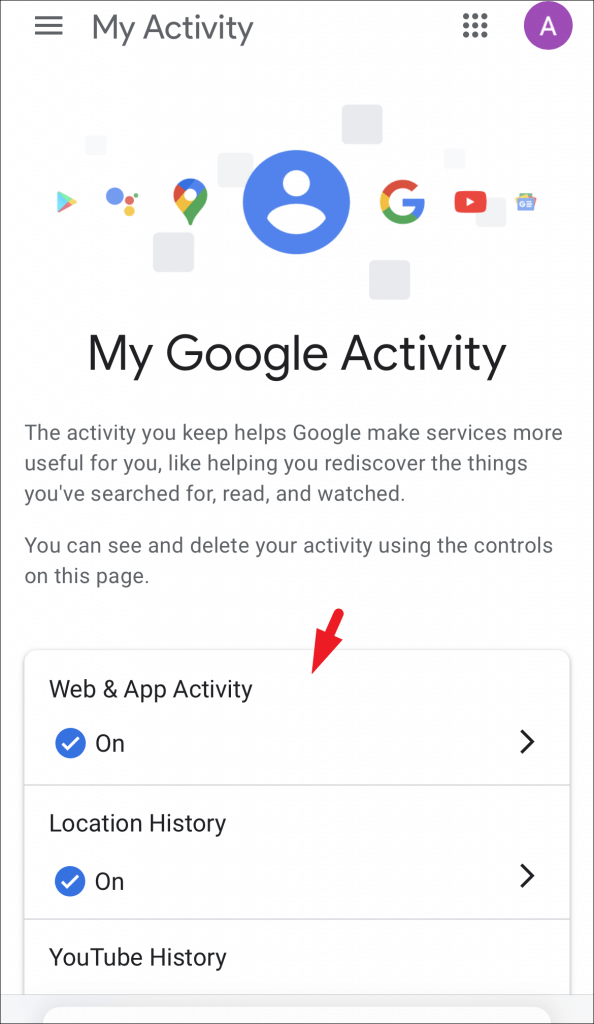
If it is enabled, you can continue the procedures.
Step 1: Open the Google Chrome web browser.
Step 2: Open the Activity page.
Step 3: Click the Data & Personalization tab
Step 4: Slide to the bottom and click My Activity.
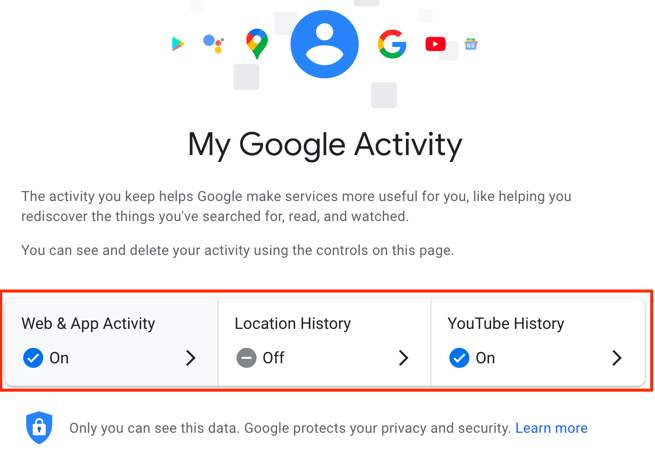
Step 5: You can see all your Google histories on your phone.
You can also click the video link below to get a comprehensive video tutorial.
Please be aware that this method will only work if you have signed up for your Google account on your Android or iPhone. This method could also not work if you erased your Google Account Activity data or cleaned your browsing history after erasing your record because the deleted history might have been replaced.
Method 2: Sync feature of Chrome
This method will only work if you previously enabled Chrome’s “Sync” option, allowing us to use Chrome to restore your history from other devices. If the account is not synchronized or sync is disabled, this method will not work. Additionally, if the synced data or browsing history is erased after the record has been wiped, this method might not work because the deleted information might have been overwritten.
Step 1: Open Chrome > Go to Settings.
Step 2: Click “Sync and Google Services” and make sure “Sync” is turned on.
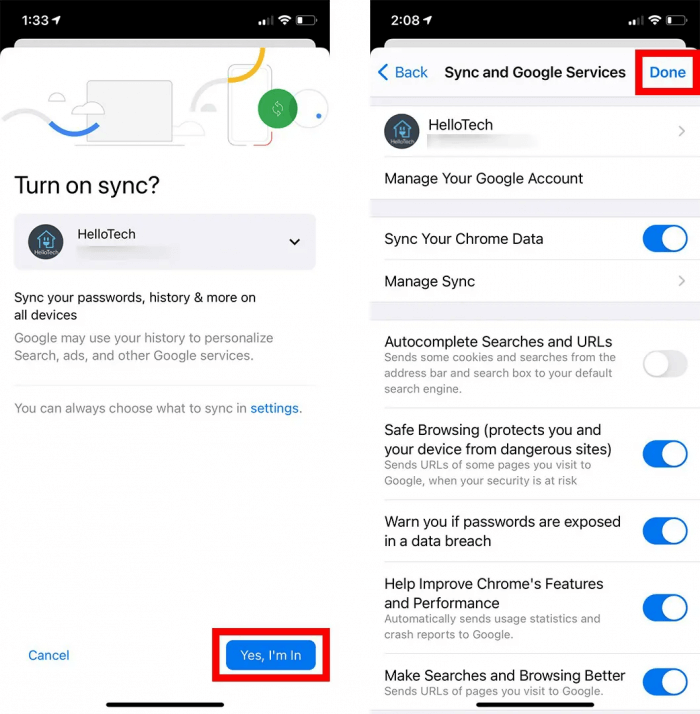
Step 3: Slide down and click “Manage Sync Data”.
Step 1: Click on “data from Chrome Sync” > click on “Browsing history”.
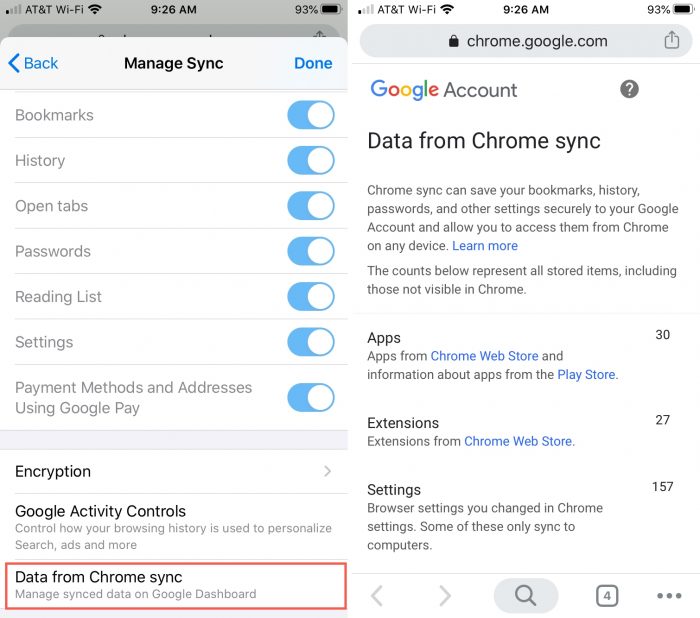
When all this is done, you can now see a list of all your synchronized browsing history, and you can look for the history record you need.
Conclusion
It’s lucky we have these methods to retrieve Chrome histories. Simply follow the easy-to-follow guidelines to retrieve important information. Therefore, there is no need to worry about mistakes and accidental deletions of these browser histories.
FAQ
Is Chrome history deleted permanently?
When deleting an individual or some browsing history, the records are not permanently deleted, and we can still retrieve the history through some methods. However, if you clear all the cache through your browser’s clear browsing data function, then at this time, the history is permanently deleted.
Where is Chrome history stored?
In Windows computers, the address usually is:
C: \Users \USERNAME \AppData \Local \Google \Chrome \User Data \Default \History
If you are not sure, you can open Chrome, enter “chrome://version” in your Google search bar, and then you can see the File Path.
Will reinstalling Google Chrome delete all of my bookmarks?
Your bookmarks and browsing history will be erased if you reinstall the browser.
Is it possible to recover the deleted Chrome History offline?
No. All recovery methods require an internet connection.
I’m a tech enthusiast specializing in computer repair and data processing. Outside of fixing gadgets, I love penning articles on computer science. Currently, I’m diving deep into AI and data recovery tech. I’m all about staying on top of the latest in these fields. Excited to bring my passion and skills to the table and collaborate on cool projects!





